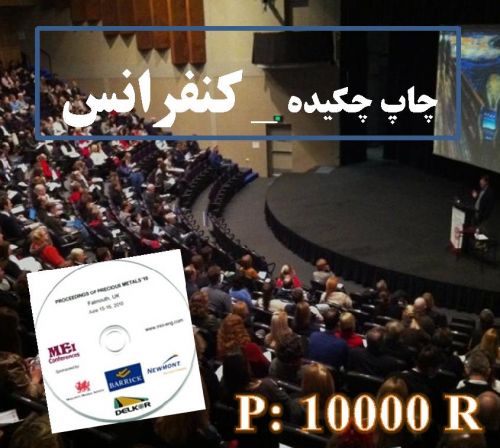The region of Kuhmara Sorkhi is one of the most ancient residencies of the province of Fars. According to administrative subdivisions of the county, this region is a part of Shiraz county. Five dialects are spoken in Kuhmara Sorkhi: Sorkhi, Soqolmači, Bakaki, Jaruqi and Karači. According to Hesampour and Jabbareh (2012a) Sorkhi is considered a west-southern Iranian dialect which is spoken in several villages such as Bagdane, Shourab, Romqan and Siyakh and among the mentioned dialects, Sorkhi is the most endangered one. Due to the influences from Shirazi accent and Standard Persian, the ongoing process of urbanization and the decline in the number of elderly speakers of the dialect, many Persian words have entered into Sorkhi and have replaced the native ones. There is no exact information about the number of Sorkhi speakers. However, it is estimated that the number of people who speak Sorkhi is less than 1500. Hesampour and Jabbareh (2012a) have documented some parts of Sorkhi grammar and its lexicon. However, they have not thoroughly investigated the details of its inflectional morphology. In another book, they have collected legends and tales of the region (2012b). Accordingly, the present research is aimed at describing, documenting and analyzing Sorkhi’s inflectional morphology of verbs. Inflection is defined as being concerned with sets of word forms which have the same lexical meaning but different grammatical (or morphosyntactic) properties (Carstairs-McCarthy, 2000: 595) and Inflectional categories are the categories of morphosyntactic properties which are expressed in the inflectional system (Stump, 2001). Both field work and descriptive method are used in this research. The data were gathered using local interview with elder speakers and available corpora and books. The theoretical basis for this research -as a part of a larger project on western and southern dialects of Iran- is Stump’s classification according to which morphosyntactic properties are divided into three main classes: 1) inherent properties, 2) agreement properties and 3) governed properties which are also called relational properties (Stump, 2001). The inflectional categories and the way of displaying them on verb and possible interactions among these categories in Sorkhi will be surveyed in this article. An interesting point about the dialect is that there are suffixes and prefixes used to represent morphosyntactic category of person/number.
کلید واژگان :Inflectional Categories, inflectional system, Sorkhi Dialect, morphosyntactic properties
ارزش ریالی : 200000 ریال
با پرداخت الکترونیک
جزئیات مقاله
- کد شناسه : 7150955818531626
- سال انتشار : 1395
- نوع مقاله : چکیده مقاله پذیرفته شده در کنفرانس ها(فایل کامل مقاله بارگزاری گردد)
- زبان : انگلیسی
- محل پذیرش : International Symposium on Endangered Iranian Languages (ISEIL)
- برگزار کنندگان : دانشگاه سوربن پاریس
- تاریخ ثبت : 1396/08/10 21:13:05
- ثبت کننده : پارسا بامشادی
- تعداد بازدید : 281
- تعداد فروش : 0
